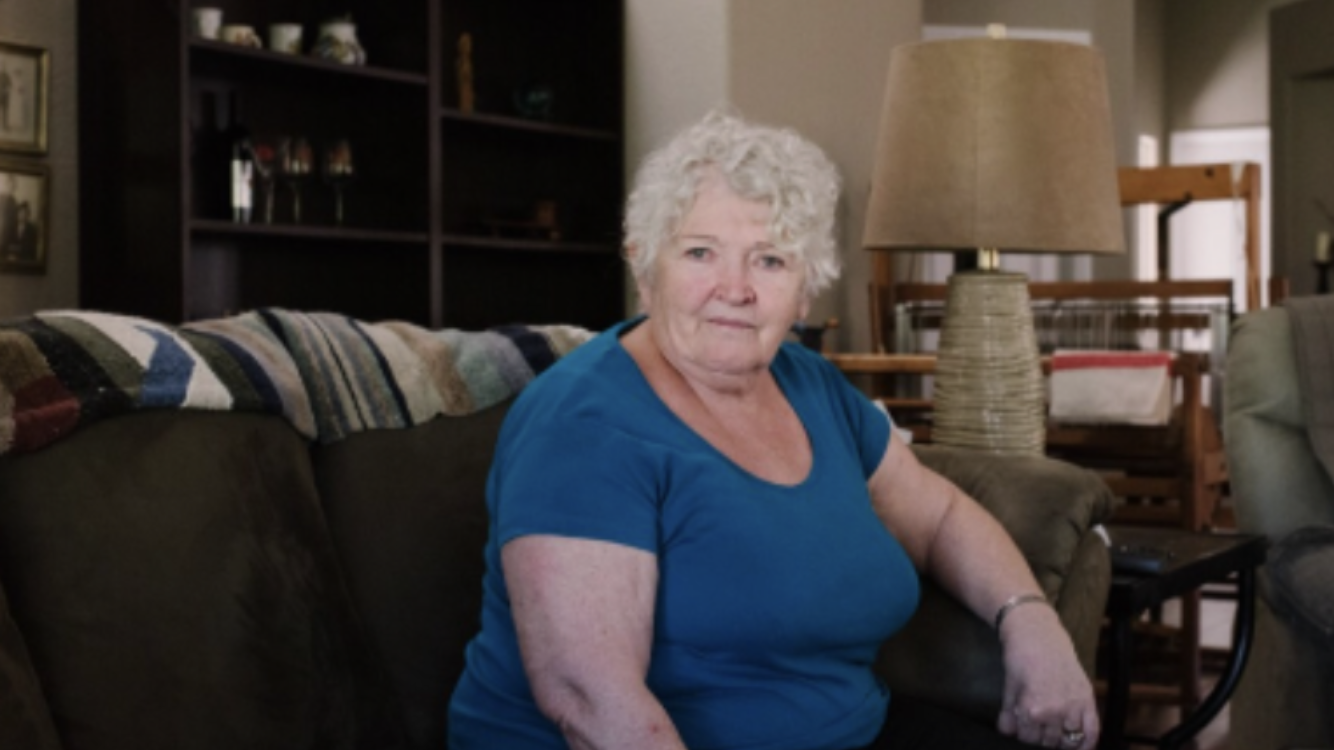Christine Sheppard, who has had non-Hodgkin’s lymphoma for the last 12 years, has to take pills every four hours to avoid “hopping and screaming” in pain. For years she didn’t know what might have caused her lymphoma until a group of cancer researchers reported that glyphosate, Roundup’s key ingredient, was “probably carcinogenic to humans.” And that mattered to Sheppard because Roundup was the very same herbicide she sprayed on her coffee farm in Hawaii- for five years.
In March of 2015, the World Health Organization’s International Agency for Research on Cancer caused a stir by labeling glyphosate as “probably carcinogenic to humans.” In part, the report stated, “The evidence in humans is from studies of exposures, mostly agricultural, in the USA, Canada, and Sweden published since 2001. In addition, there is convincing evidence that glyphosate also can cause cancer in laboratory animals.”
And with that, patients were going to have their day in court.
Timothy Litzenburg, a lawyer is currently representing more than 500 of them. According to him, most of the patients didn’t know about the possible link between Roundup and non-Hodgkin’s lymphoma until the report came out. But if many other companies are selling products containing glyphosate too, why aren’t they being sued?
“This is an oversimplistic answer, but Monsanto invented/discovered it, they held the patent for many years, they are the EPA registrant for glyphosate, and they continue to dominate the market. Furthermore, we are not alleging that our clients got cancer from glyphosate alone. We are suing because our clients got cancer from Roundup. … Roundup contains animal fats and other ingredients that increase the carcinogenicity of the glyphosate. Glyphosate alone is carcinogenic, but the addition of a surfactant has a ‘synergistic’ effect.”












